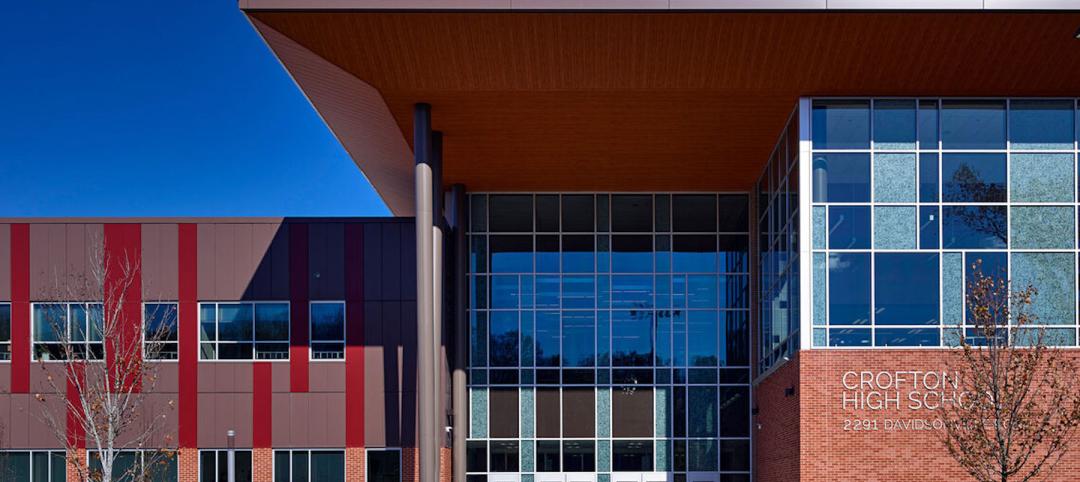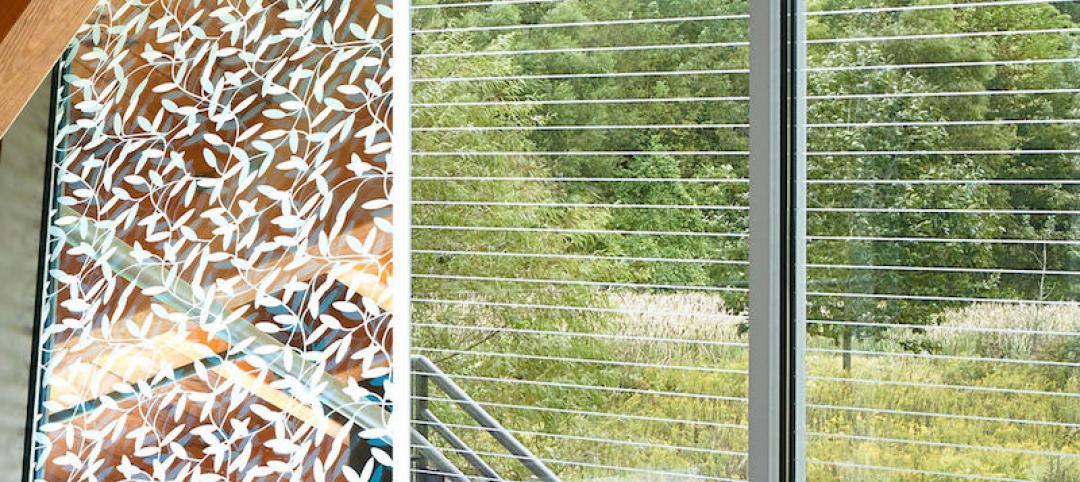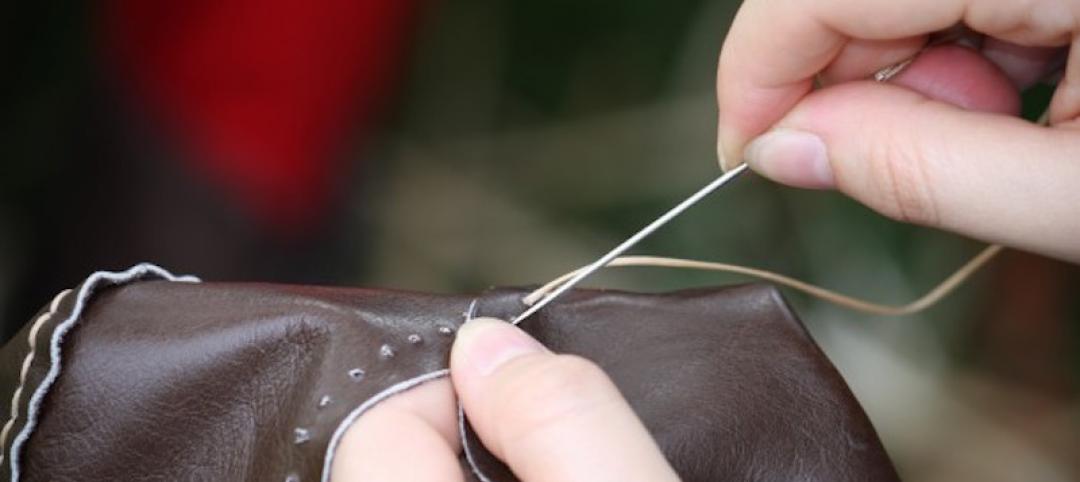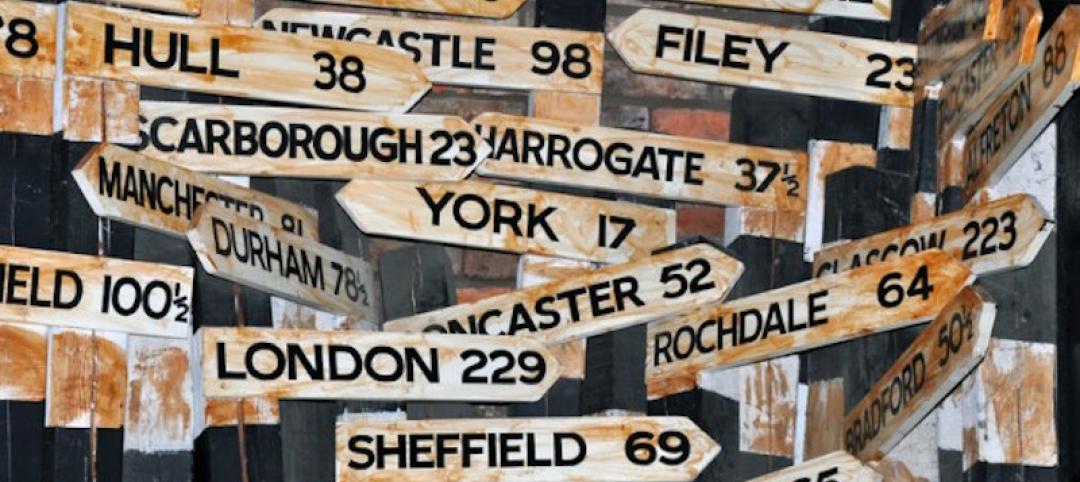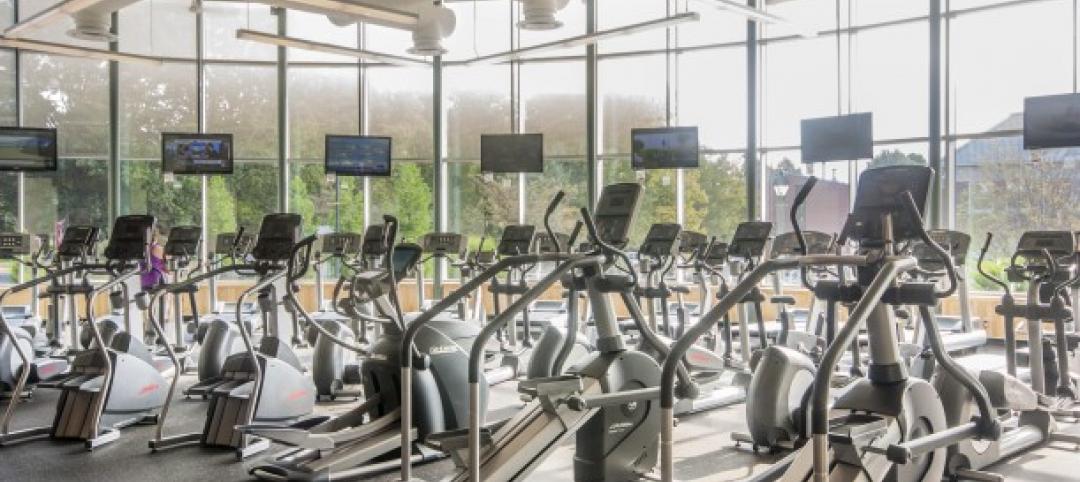The first visitor center we designed was the Ernest F. Coe Visitor Center for the Everglades National Park in 1993.
I remember it well for a variety of reasons, not the least of which was the ongoing dialogue we had with our retail consultant. He insisted that the gift shop be located on the right as one exited the visitor center because people “always turn right.”
The idea that the gift shop was located near the exit made perfect sense—one last chance to entice visitors to open their wallets. But I wasn’t convinced that it must be on the right.
My feeling was that if you have a clear destination, one will gravitate toward it regardless of whether it is on the right or left. Now, I know there are probably many of you out there right now yelling at your computer screens, because, as I’ve come to learn, it is a commonly held belief, especially in the interpretive community, that one does indeed intuitively turn right. However, commonly held beliefs aside, I have never seen any solid research that supports the premise that we instinctively (ie: all things being equal) turn right.
More Recent Posts from GWWO
Seen and Overheard at the Port
Ironically, I was discussing this phenomena with our friends from Taylor Studios Inc. a few years ago at a National Interpreters Workshop, when they mentioned that they had conducted an informal study on the subject. As I recall, they were doing a public presentation and deliberately placed the information table on the left as one entered the lecture hall, to see if people would turn left given a clear destination.
However, the majority of the people turned to the right. I thought this was interesting, but still wasn’t convinced – maybe those who turned right were just avoiding solicitation and it had nothing to do with instinct. However, our conversation did prompt me to do some additional research.
One of the best articles I found was authored by Stephen Bitgood and Stephany Dukes, published in Environment and Behavior in 2005. Their findings indicated that movement is dictated by the environment and economy of movement. I maintained my belief that the tendency to turn right was not intuitive.
That is, until last summer…
My family takes a vacation every summer and we share a rental house with my wife’s sister and her family. Since there are usually 10 or 12 of us, the house we rent is typically fairly large. Last summer’s affair had a grand stair with a large landing that overlooked the foyer. As you walked up the stair, you had to turn left to go up to the second level. I swear, every time I went up that stair, I turned to the right onto the dead-end landing – I always turned right!
Since last summer, I have thought a lot about this subject. As Bitgood and Dukes pointed out, virtually every grocery store, as well as many other retail establishments, direct you to the right as you enter. We walk on the right in the United States, so maybe we just tend to stay to the right – I wonder if they tend to turn left in England?
We have designed many visitor centers and interpretive centers since 1993 and I have maintained my belief that movement is influenced by the environment and that we can shape experiences, rather than rely on the idea that we have an innate desire to turn to the right.
What do you think? Is it learned or instinct? Is this your experience? Is there any solid research on this subject? I would love to hear your thoughts and experiences.
About the Author
Alan E. Reed, FAIA, LEED AP, is President and Design Principal of GWWO Inc./Architects. See more posts by Reed.
More from Author
GWWO | Jan 8, 2024
Achieving an ideal visitor experience with the ADROIT approach
Alan Reed, FAIA, LEED AP, shares his strategy for crafting logical, significant visitor experiences: The ADROIT approach.
GWWO | Jan 18, 2023
Building memory: Why interpretive centers matter in an era of social change
The last few years have borne witness to some of the most rapid cultural shifts in our nation’s long history. If the experience has taught us anything, it is that we must find a way to keep our history in view, while also putting it in perspective.
GWWO | Aug 17, 2022
Focusing on building envelope design and commissioning
Building envelope design is constantly evolving as new products and assemblies are developed.
GWWO | Aug 5, 2022
A time and a place: Telling American stories through architecture
As the United States enters the year 2026, it will commence celebrating a cycle of Sestercentennials, or 250th anniversaries, of historic and cultural events across the land.
GWWO | Feb 7, 2019
Designing for the birds is not just for the birds
We’ve all seen it. A dead bird laying on the sidewalk next to a building. Or, maybe we’ve heard it. The loud bang of a bird flying into your window.
GWWO | Jul 6, 2017
Achieving an ideal visitor experience: The ADROIT approach
The most meaningful experiences are created through a close collaboration between architects, landscape architects, and exhibit designers.
GWWO | Mar 1, 2017
Intuitive wayfinding: An alternate approach to signage
Intuitive wayfinding is much like navigating via waypoints—moving from point to point to point.
GWWO | Sep 6, 2016
Letting your resource take center stage: A guide to thoughtful site selection for interpretive centers
Thoughtful site selection is never about one factor, but rather a confluence of several components that ultimately present trade-offs for the owner.
GWWO | Dec 19, 2013
Mastering the art of crowd control and visitor flow in interpretive facilities
To say that visitor facility planning and design is challenging is an understatement. There are many factors that determine the success of a facility. Unfortunately, visitor flow, the way people move and how the facility accommodates those movements, isn’t always specifically considered.
GWWO | Nov 7, 2013
Fitness center design: What do higher-ed students want?
Campus fitness centers are taking their place alongside student centers, science centers, and libraries as hallmark components of a student-life experience. Here are some tips for identifying the ideal design features for your next higher-ed fitness center project.




